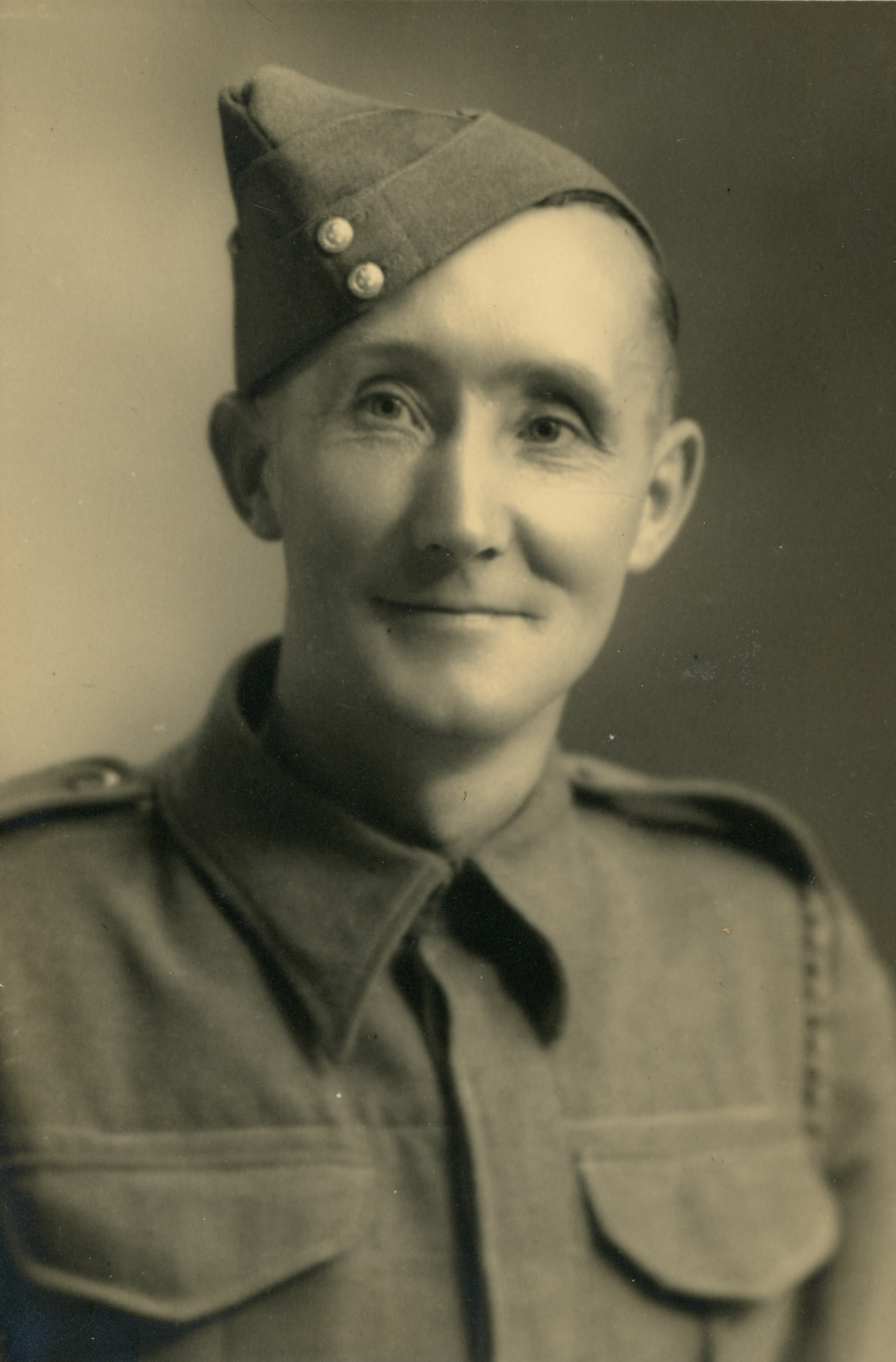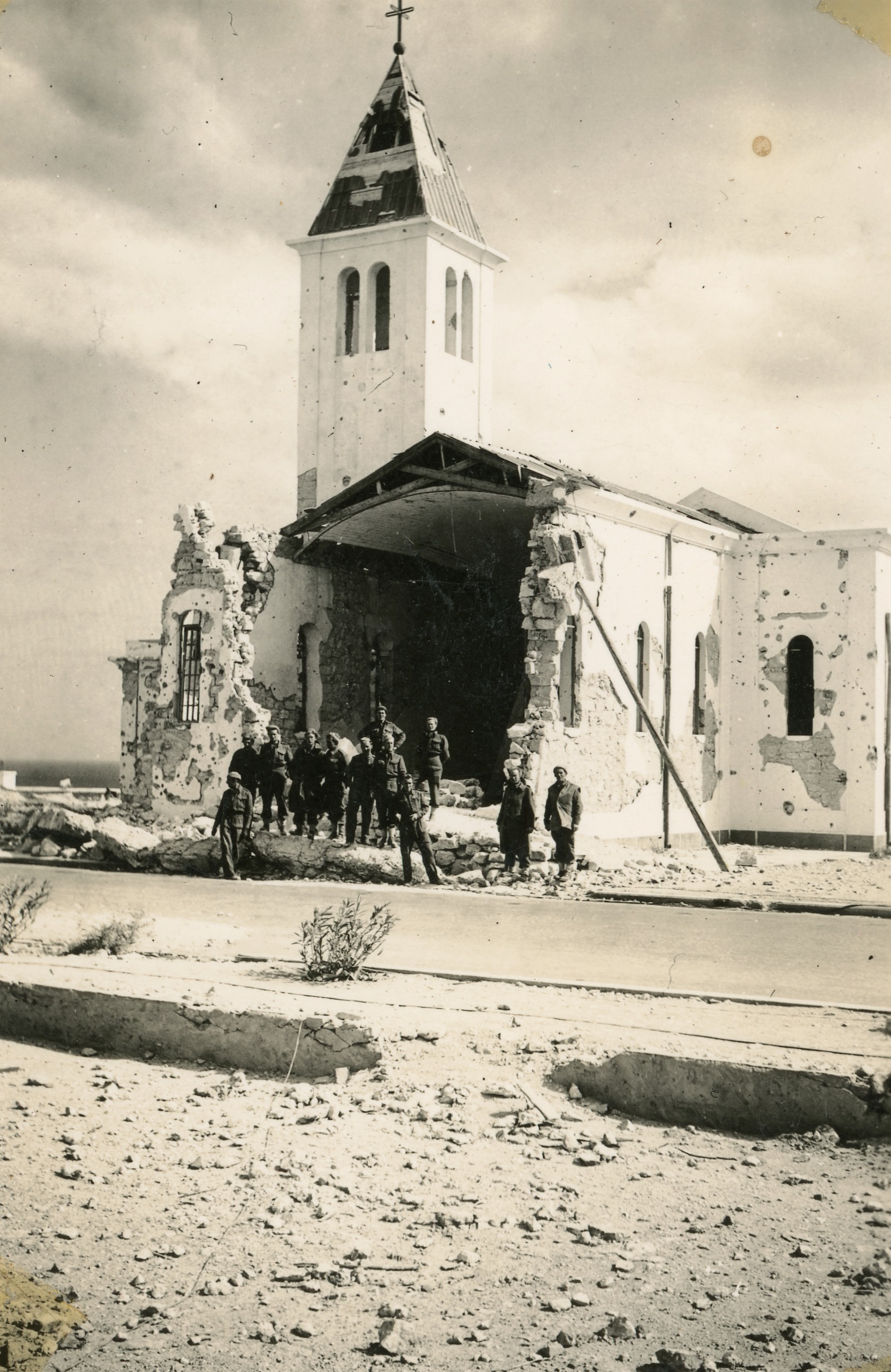From farm to front line

In 1941, with the world already weary from a war that was supposed to end by Christmas of 1939 but showed no clear end in sight, a farmer from Ashburton enlisted for military service.
Arthur Noal Wilson, a "tough, wiry little fellow" who was known by his middle name, is featured in the "Land, Sea and Air Exhibition" at the Ashburton Museum, which opened on March 15.
The exhibition highlights the experiences of four Mid Canterbury individuals who made significant contributions to the war effort and left behind a legacy of bravery and resilience.
Elaine Bishop, Noal's 82-year-old niece who still calls Mid Canterbury home, believes the rigours of farm life would have prepared Wilson well for the challenges of war.
"They were brought up tough because times were hard," she said.
Elaine recalls stories her father, Noal's brother, told about their childhood on the farm in Willowby.
"My father spent a week out in a tent driving a horse and team when he was 15, with only a cold leg of mutton to eat."
It was a typical Mid Canterbury upbringing.
Noal was born on Christmas Day in 1907, earning his festive (though unusually spelled) middle name.
He attended Wakanui School before moving on to Ashburton Technical School for high school.
A passionate sportsman, he later played rugby for the Wakanui Rovers and even participated in a men's hockey match against a visiting Indian team in 1938.
Noal’s agricultural career began as a farm labourer for the Hamptons on Maronan Rd before he married Vera Clement in 1931.
Vera had been previously engaged to another man, but the relationship ended when she took custody of her niece, Joan Belcher after her sister Lillian passed away in 1922.
"Vera would have been the only mother Joan knew, and Aunt Vera would have promised her sister she would look after her," Elaine explained.
Together, Noal and Vera raised Joan on their farm in Laghmor, where they ran a small herd of dairy cows.
"They were a good unit, the three of them," said Elaine.
However, the couple suffered a heartbreaking loss when their baby boy, Ronald, died just a week after birth in August 1932.
Despite this tragedy, there were happier times as well.
Noal was passionate about racehorses and enjoyed socialising with friends over a drink. "He liked to smoke, and he liked to drink, he was quite sociable in his own way," Elaine recalled.

Then, in 1941, the call to duty came.
After training as an infantryman at Burnham Military Camp, Noal was dispatched to Egypt that same year.
He became a motorcycle dispatch rider, delivering messages and orders through dangerous terrains on a Matchless G3/L four-speed.
Noal's lithe frame suited him for a job requiring quick reflexes and agility.
"He was wiry; there wasn't much of him," Elaine noted.
Noal kept a record of his experiences through photographs, which became a valuable album documenting the war through his eyes.
Elaine later donated this album to the museum, where it will be a key feature of the exhibition.
"I came across the album and thought, I need to do something with this because my children won't thank me for leaving them any more stuff," Elaine said.

The photographs offer a glimpse into the chaos and destruction of war—images of ruined buildings, battle scenes, destroyed vehicles, and prisoners of war.
While Noal rarely spoke of his experiences, Elaine remembers him recounting a story of rescuing two nuns sheltering under a bridge from enemy fire.
He also shared a more humorous incident.
"He wasn't a very communicative guy, but I remember a story where he was climbing a glasshouse in Italy, and he fell through and broke his nose," Elaine said.
Although the war must have been harrowing for Noal, she believes his experience was somewhat less intense than that of others.
"Being a dispatch rider, he had a great time in the war, if you can say that.
"He wasn't actively fighting as such."
Nevertheless, returning to civilian life in New Zealand in 1945 posed its own set of challenges.
"They had to come back, absorb a lot, and get on with life. It was pretty tough," Elaine reflected.
She's glad that, decades later, people are recognising the sacrifices made by individuals like Noal and sharing their stories.
"It's nice that people are doing these things now. After the war, nothing was said for such a long time."
Land, Sea and Air Exhibition
Ashburton Art Gallery and Museum
329 West Street
Ashburton
March 15- May 25
By Claire Inkson
